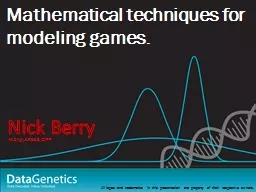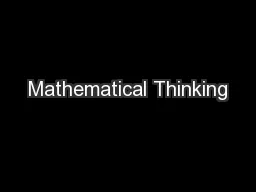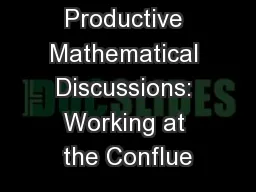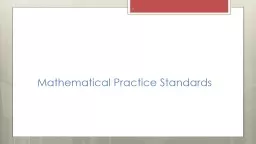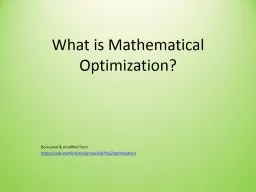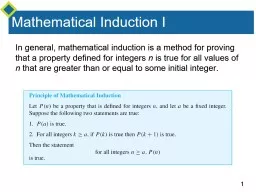PPT-Nick Berry Mathematical
Author : rouperli | Published Date : 2020-06-24
t echniques for modeling games All logos and trademarks in this presentation are property of their respective owners MEng ARAeS CIPP Sit back and relax All slides
Presentation Embed Code
Download Presentation
Download Presentation The PPT/PDF document "Nick Berry Mathematical" is the property of its rightful owner. Permission is granted to download and print the materials on this website for personal, non-commercial use only, and to display it on your personal computer provided you do not modify the materials and that you retain all copyright notices contained in the materials. By downloading content from our website, you accept the terms of this agreement.
Nick Berry Mathematical: Transcript
Download Rules Of Document
"Nick Berry Mathematical"The content belongs to its owner. You may download and print it for personal use, without modification, and keep all copyright notices. By downloading, you agree to these terms.
Related Documents

